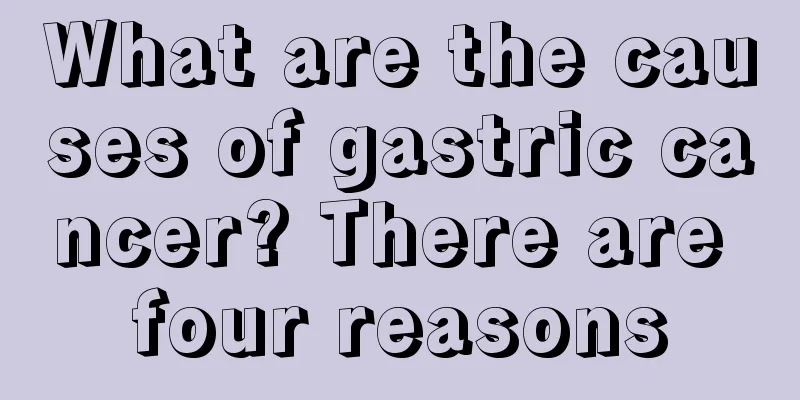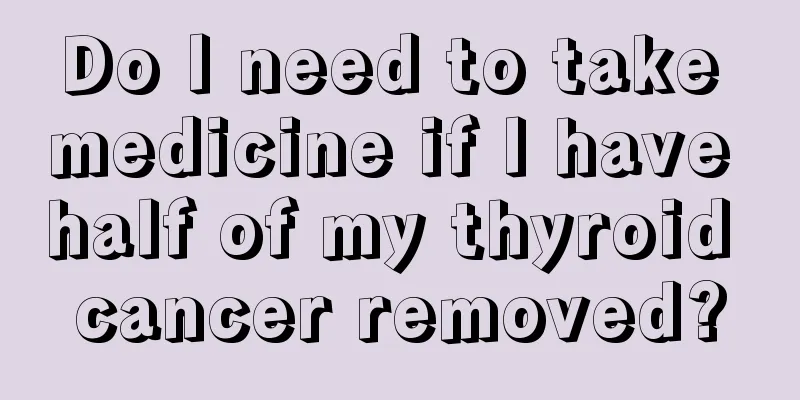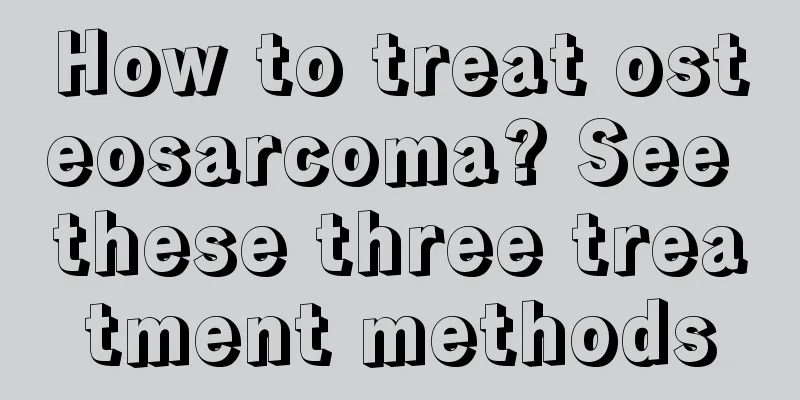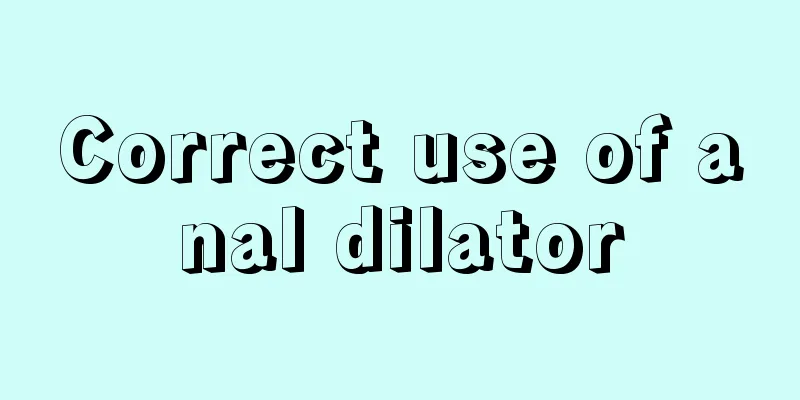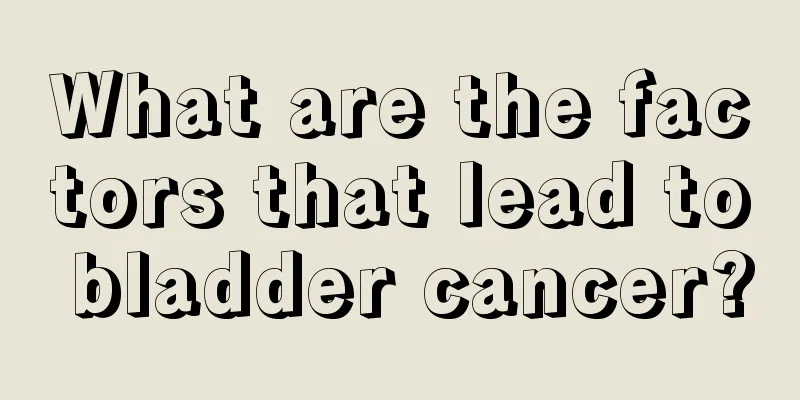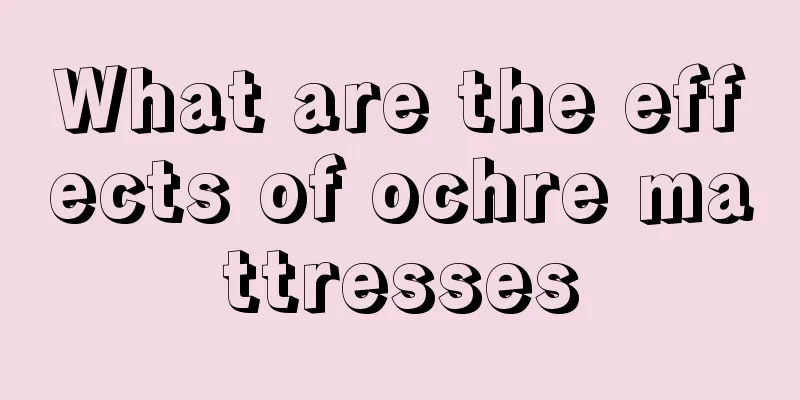I feel a pain in my head
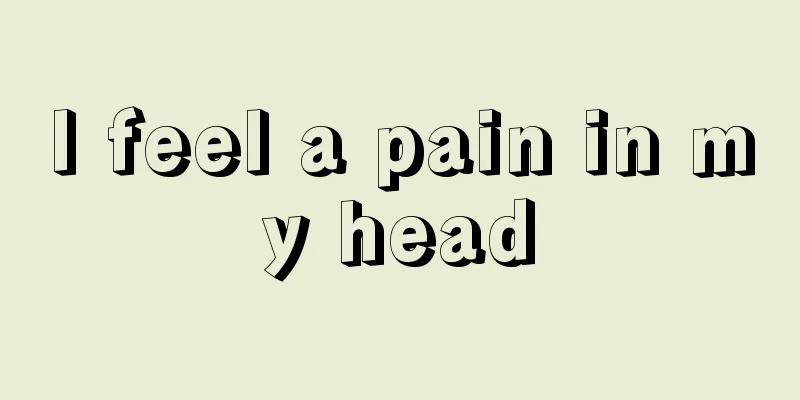
|
The human brain has many nerves, and each nerve has its function. Every nerve in the body is capable of sensing pain. Because of the existence of nerves, if any part of the body is injured, the brain will sense it immediately. However, some people feel a pain in their head after overworking. It hurts a lot normally, and it hurts more when I press on it with my hands. Let’s take a look at what’s going on. Is it near the temple or the back of the head? If it is near the temple, it is more likely to be vascular headache, and if it is at the back of the head, it is more likely to be occipital neuralgia. 1. Vascular headache Vascular headache refers to a clinical syndrome caused by vasomotor dysfunction in the head and dysfunction of the cerebral cortex, or temporary changes in certain body fluid substances. It is the most common type of headache in outpatient clinics. It is characterized by unilateral or bilateral paroxysmal throbbing pain, distending pain or piercing pain, and may be accompanied by symptoms of vascular autonomic dysfunction such as visual hallucinations, photophobia, hemianopsia, nausea and vomiting. Vascular headaches are divided into two categories: primary and secondary. Headaches caused by vasomotor dysfunction in the head are called primary vascular headaches, including migraines, cluster headaches, etc.; headaches caused by clear cerebrovascular diseases are called secondary headaches, including headaches caused by hypertension, subarachnoid hemorrhage, stroke, intracranial hematoma, cerebral vasculitis, etc. 2. Occipital neuralgia Occipital neuralgia is a paroxysmal, severe pain located in the occipital region and back of the neck, radiating to the top of the head (greater occipital nerve), mastoid process (lesser occipital nerve), and external ear (greater auricular nerve). There is occasional tenderness in the upper neck along the course of the nerve. The pain is usually persistent and dull, with intermittent attacks. The pain worsens with head and neck movement, coughing, or sneezing. Treatment principles 1. Medication Use vitamin B drugs, and carbamazepine or phenytoin sodium can be used for those with obvious pain. 2. Closed treatment If the supraorbital notch is blocked with 1% to 2% novocaine plus vitamin B12, symptoms can be relieved. 3. Physical therapy Acupuncture treatment is feasible, using traditional acupoint selection or tender point acupoint selection. Local physical therapy, such as infrared therapy, ultrashort wave therapy, hot compress with medicine, etc. Cervical traction can be used for treatment of mild neck trauma or hyperplastic cervical spondylosis. 4. Traditional Chinese medicine treatment According to the cause of the disease, the method of combining disease differentiation and syndrome differentiation is adopted, and Chinese patent medicine or decoction is applied orally. 5. Surgical treatment It is suitable for severe cases, but the success rate of the operation is not high. |
<<: What is the reason for feeling dizzy in the head
>>: Why is there sweating on the back of my head?
Recommend
What causes acne on the face
Whether male or female, everyone loves beauty and...
What does a mole on the corner of the mouth mean
Everyone has moles on their body, some have more,...
Is it good to bask in the sun regularly?
Is it good or bad to get too much sun? Some peopl...
Why does a pregnant woman's buttocks bone hurt?
During pregnancy, the uterus begins to slowly gro...
What to do if you have a stiff neck and neck pain? There are 8 ways to relieve it
Sleeping with a stiff neck is a common phenomenon...
What is the relationship between health preservation and health?
In recent years, more and more people are paying ...
Can I eat Gastrodia elata during confinement?
Many people usually go to the airport to eat some...
Barley porridge is bitter
Barley porridge is bitter When cooking barley por...
How to remove tea stains from plastic cups
If plastic cups are often used to make tea, tea s...
What is the reason for the dark blue face
A dark blue face is a very abnormal phenomenon an...
Causes of post-embolism syndrome
So far, there have been no reported cases of deat...
What's wrong with the red bloodshot under the eyeball?
In our daily life, bloodshot eyes may appear due ...
Rotator cuff muscle training method
The shoulders are the hub for movement of our upp...
What are the key points of nursing and health care for advanced liver cancer? Introduction to key points of daily nursing for advanced liver cancer
I believe that people are familiar with liver can...
What to do if you have heavy bleeding in the late stage of laryngeal cancer
In order to prevent our throat from being harmed ...
